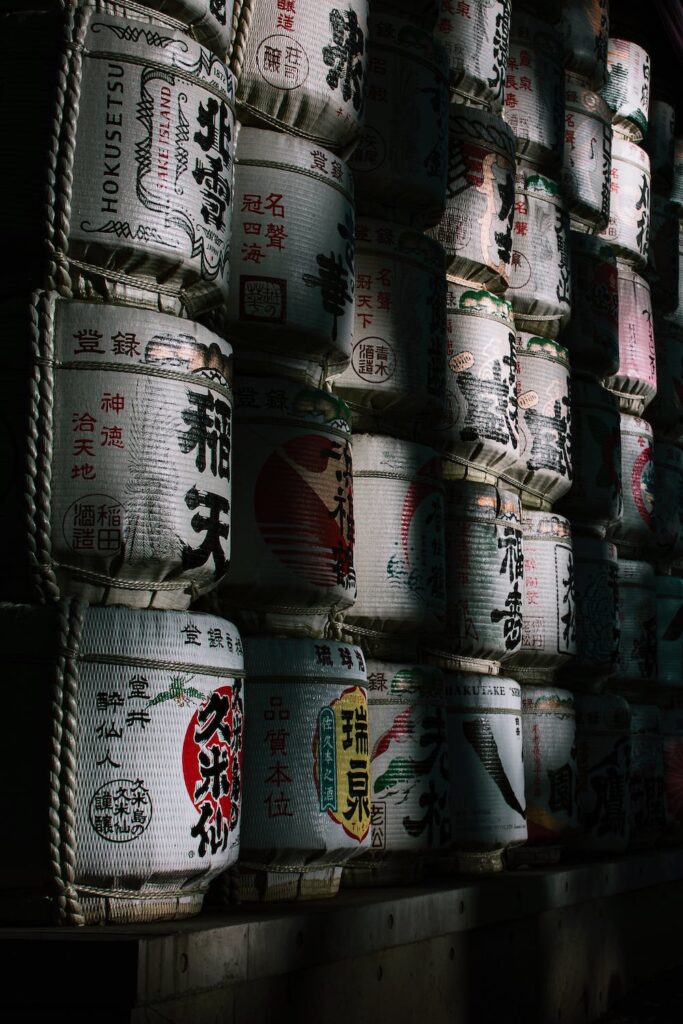Introduction to Japanese Sake
Japanese sake, or simply sake, is more than just a traditional alcoholic beverage. It's a symbol of Japanese culture, a timeless tradition that continues to captivate people worldwide. This article delves into the rich history of sake, exploring its origins, evolution, and significance in modern society.

The Origins of Sake
Early Beginnings
Sake's history stretches back over a millennium, with evidence suggesting its existence as early as the 3rd century. Early sake was quite different from what we know today, often used in religious ceremonies and royal courts.
Rise of Sake Culture
During the Heian period (794-1185), sake brewing techniques began to advance, and the beverage became more accessible to common people. Temples and shrines played a significant role in sake production, linking it closely with spirituality and tradition.
The Art of Sake Brewing

Selection of Ingredients
The primary ingredients of sake—rice, water, yeast, and koji mold—are carefully selected and skillfully combined to create unique flavors and aromas. The quality of these ingredients and the brewing techniques have evolved over centuries, reflecting the Japanese pursuit of perfection.
Master Brewers
The title of Toji, or master brewer, is highly respected in the sake industry. Their expertise and dedication to the craft have played a crucial role in maintaining the authenticity and quality of sake.
Evolution and Modernization
The Edo Period Influence
During the Edo period (1603-1868), sake breweries flourished, and the beverage became a part of daily life. Innovations in brewing technology and transportation further popularized sake across Japan.
Modern-Day Sake
Today, sake production combines traditional wisdom with modern technology, resulting in diverse and high-quality products. From local artisanal brews to large-scale brands, sake continues to evolve while honoring its roots.
Sake's Influence Globally
International Recognition
Sake's unique characteristics have caught the attention of connoisseurs and enthusiasts worldwide. International competitions, tastings, and collaborations with chefs have propelled sake into global recognition.
Sake Tourism
Sake tourism, where visitors explore breweries and learn about the brewing process, has become a prominent aspect of Japan's tourism industry. This international interest has further promoted sake culture worldwide.
The Future of Sake

Innovation and Sustainability
The future of sake looks promising, with a focus on innovation, sustainability, and preserving traditional methods. Efforts are being made to introduce sake to new markets and create experiences that resonate with younger generations.
Education and Appreciation
Sake education, through workshops and certifications, aims to build a deeper understanding and appreciation for this unique beverage, ensuring its continued growth and success on the global stage.
Conclusion
The history of Japanese sake is a journey through time, culture, and artistry. From its humble beginnings to its current status as a globally admired beverage, sake's rich history reflects the soul of Japan. As we raise our sake glasses, or ochoko, we toast to a tradition that continues to inspire and connect us, transcending borders and generations.
